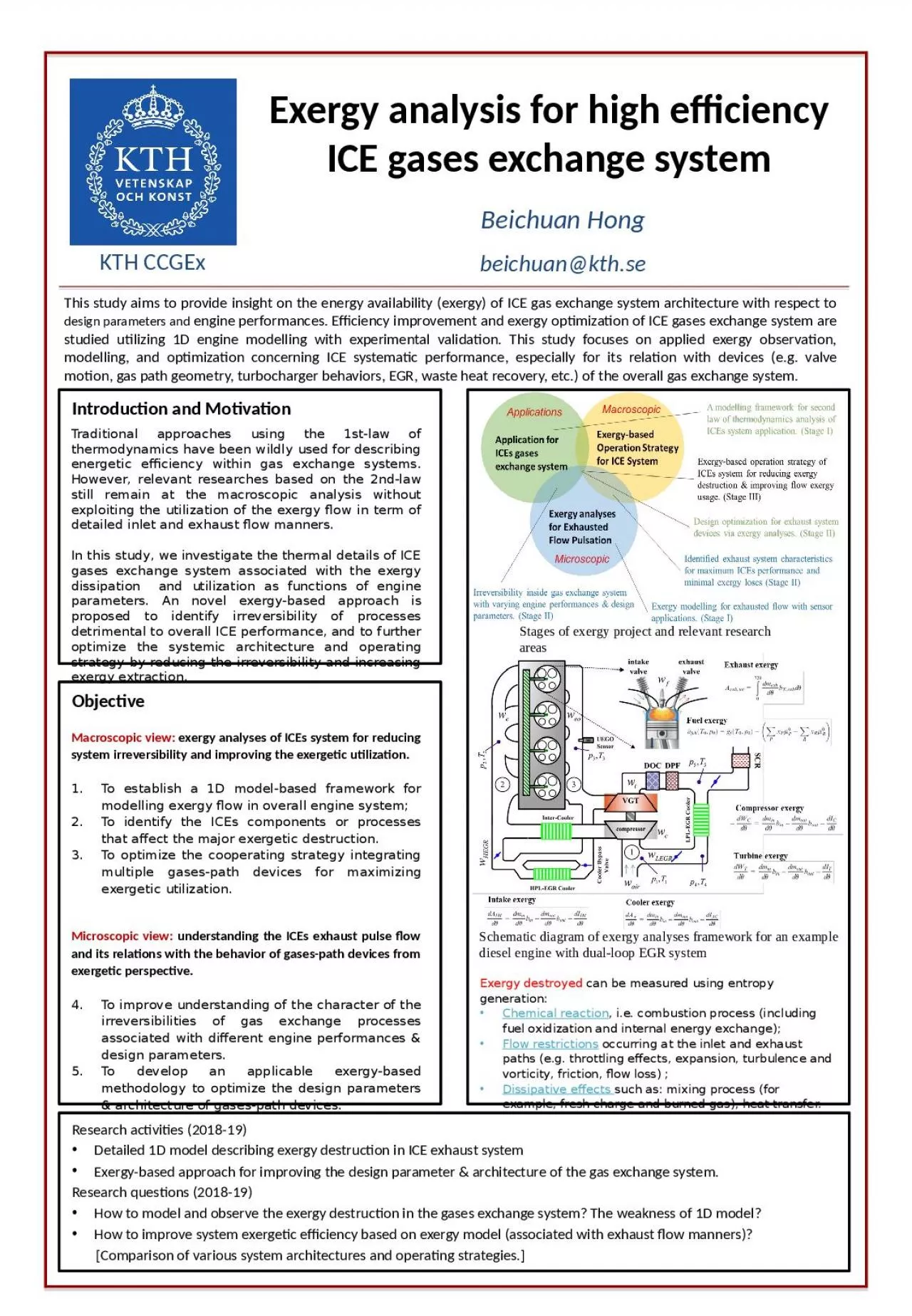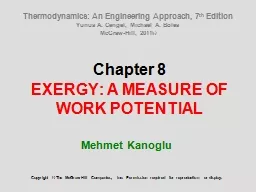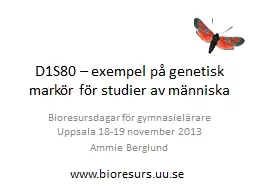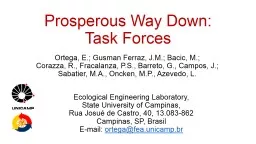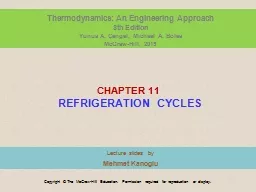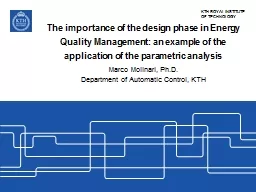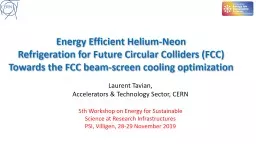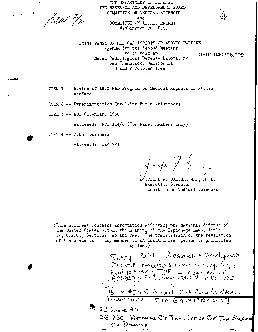PPT-Exergy analysis for high
Author : BubblyBlonde | Published Date : 2022-08-02
efficiency ICE gases exchange system Beichuan Hong beichuan kthse KTH CCGEx This study aims to provide insight on the energy availability exergy of ICE gas
Presentation Embed Code
Download Presentation
Download Presentation The PPT/PDF document "Exergy analysis for high" is the property of its rightful owner. Permission is granted to download and print the materials on this website for personal, non-commercial use only, and to display it on your personal computer provided you do not modify the materials and that you retain all copyright notices contained in the materials. By downloading content from our website, you accept the terms of this agreement.
Exergy analysis for high: Transcript
Download Rules Of Document
"Exergy analysis for high"The content belongs to its owner. You may download and print it for personal use, without modification, and keep all copyright notices. By downloading, you agree to these terms.
Related Documents

